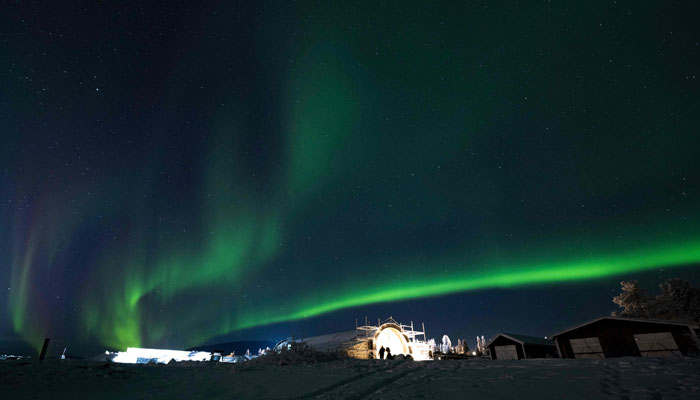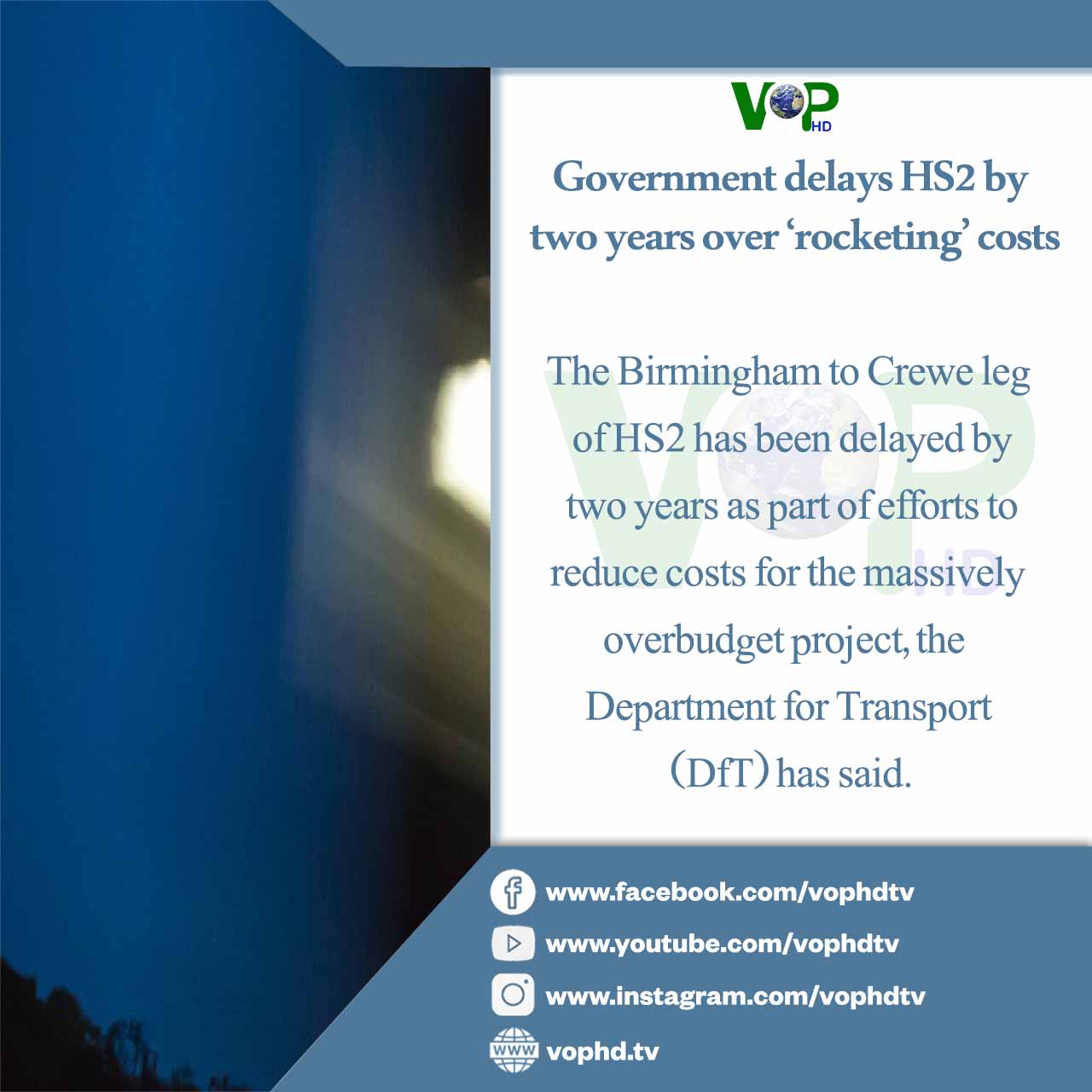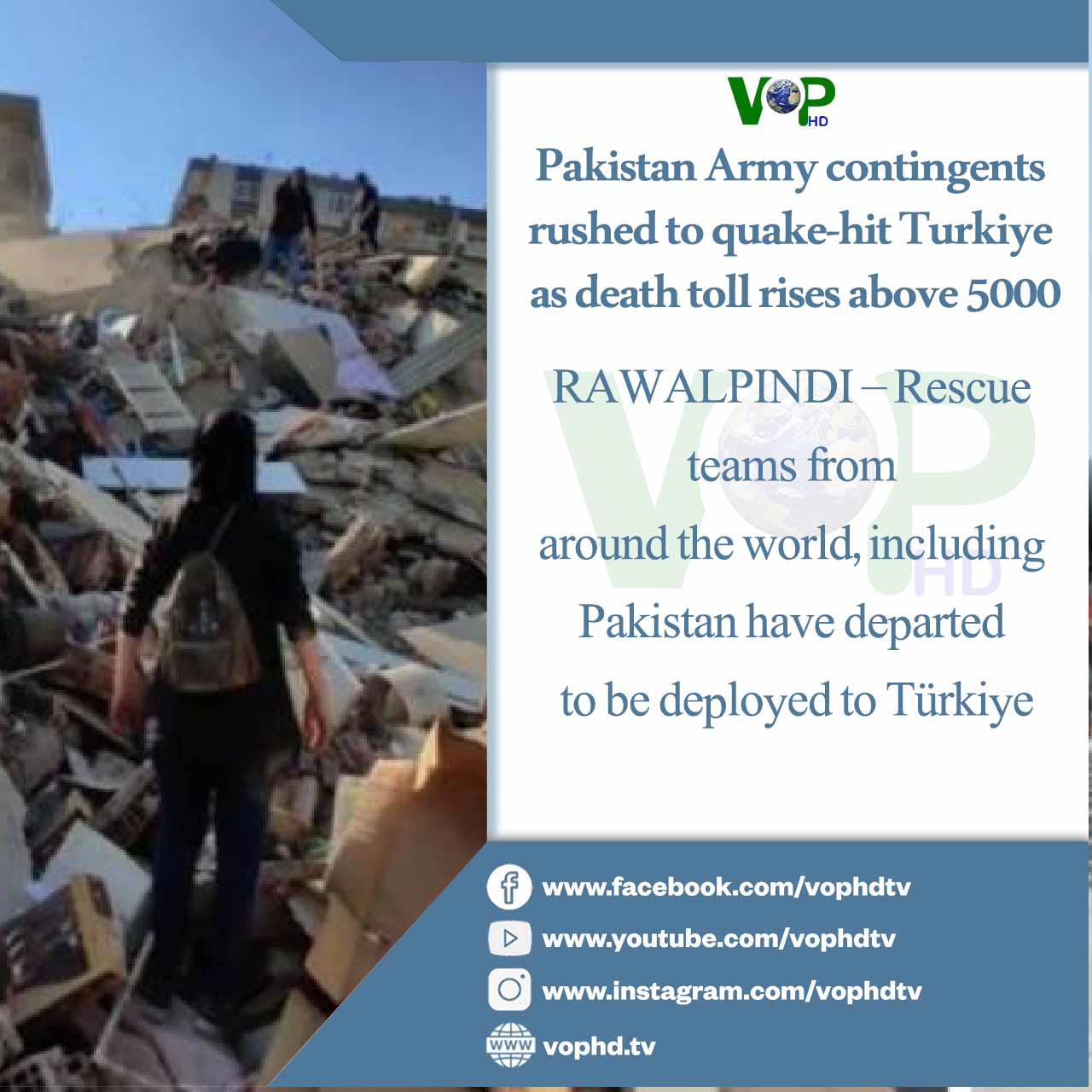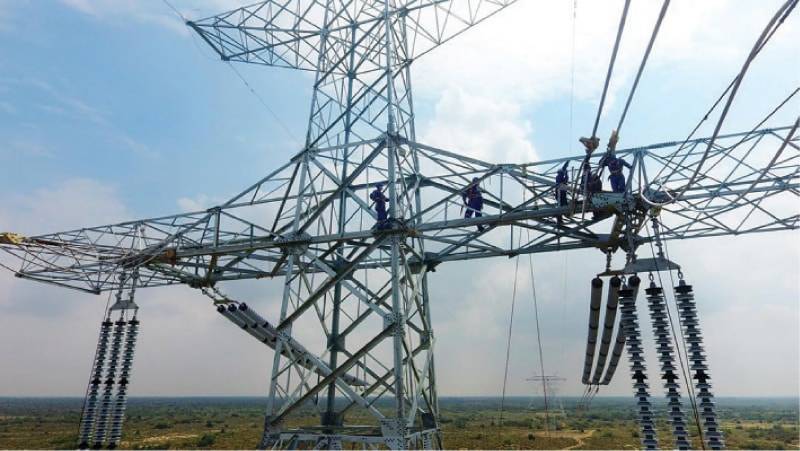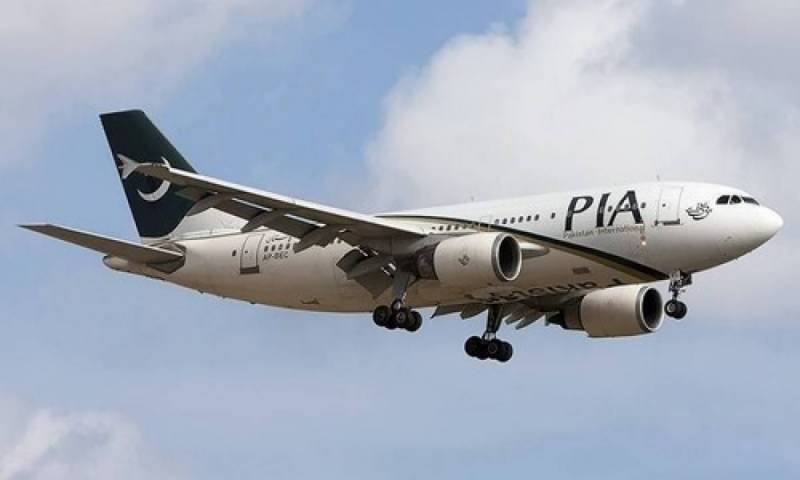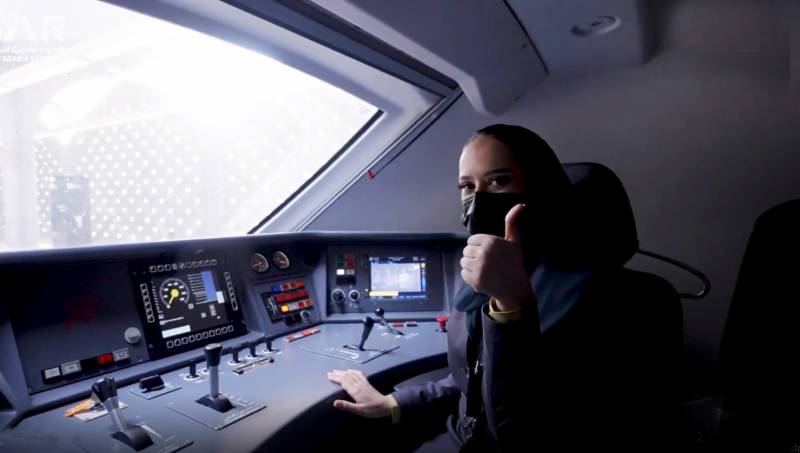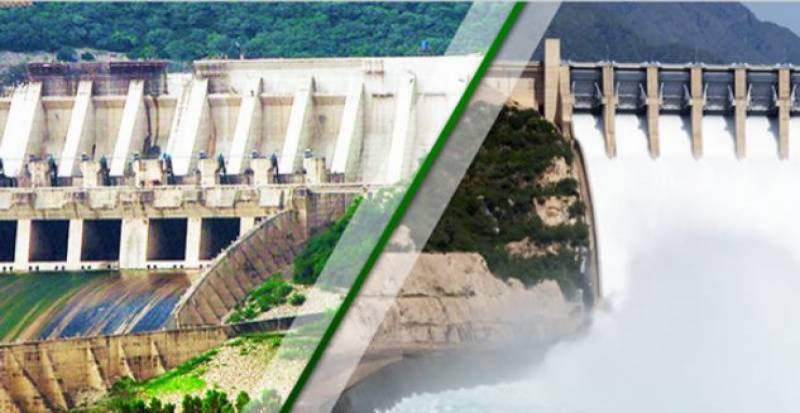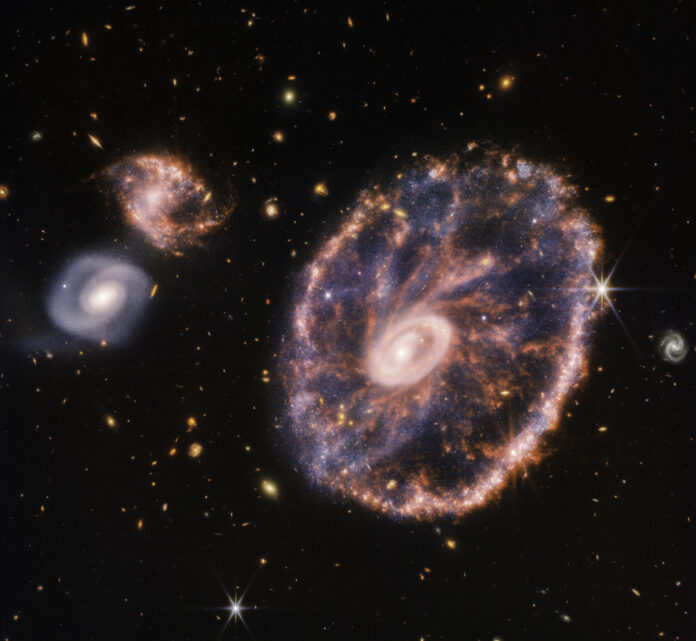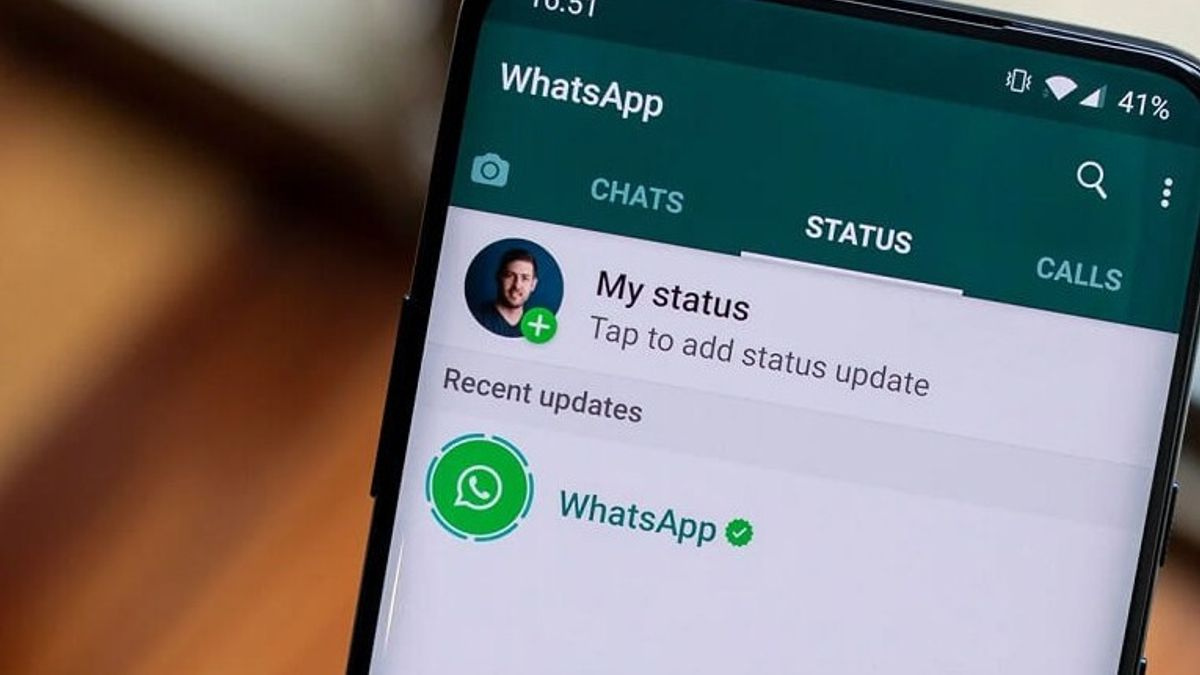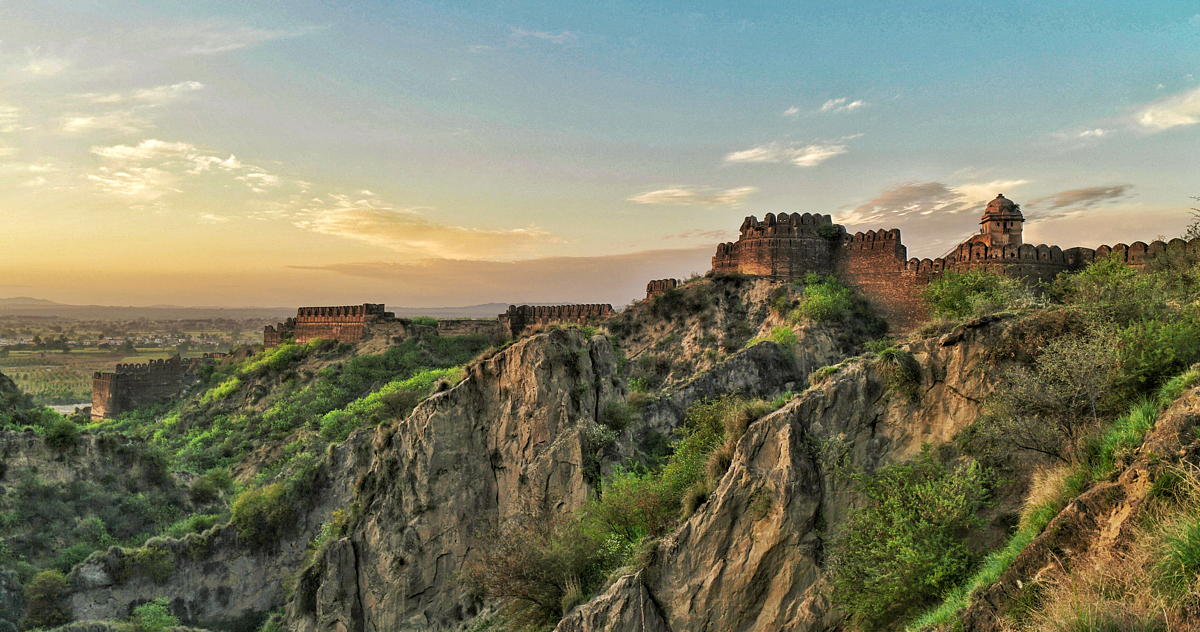
Several US states to witness northern lights next week
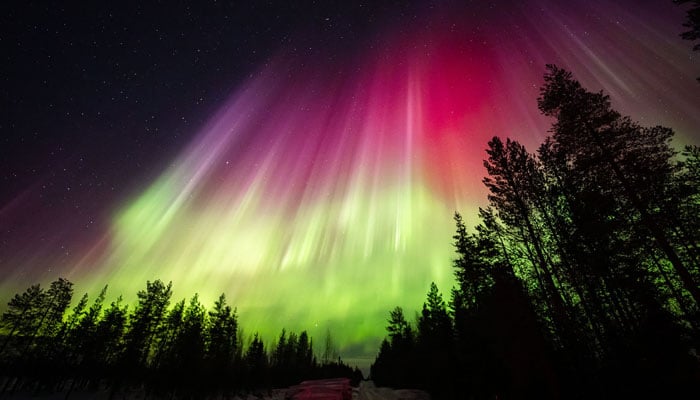
The aurora borealis, also referred to as the northern lights, is one of the most beautiful scenic products of nature. It will be visible in over a dozen US states next week.
With good weather, between July 12 and 13, Alaska and Maryland should be able to see the breathtaking display of light from space.
According to Nasa, when electrons from space strike atoms and molecules in the upper atmosphere of Earth, the result is the aurora borealis, which manifests as neon green waves in the night sky.
The outcome is comparable to when neon gas and electrons collide to produce brilliant lightbulbs.
The Geophysical Institute at the University of Alaska predicts that on July 13, activity will be high and visibility will be present in states like Montana, Minnesota, Wisconsin, Michigan, Oregon, Idaho, Wyoming, Nebraska, Indiana, Vermont, and Maryland. Additionally, the lights will be visible in Canadian cities like Toronto and Vancouver.
On July 12, there will be a lot of aurora activity, and it is expected that displays will be visible in Alaska, Washington, Iowa, Illinois, Ohio, and Massachusetts, as well as in Canadian cities like Edmonton and Winnipeg, CBS reported.
The solar wind from the sun is what causes the auroras. According to the institute, auroras can still be seen in some locations on Earth even when the winds are calm.
However, they may be blocked by clouds or direct sunlight.
During typical activity, the phenomenon is typically visible in Alaska, Canada, and Scandinavian nations like Greenland and Iceland. In Alaska, the best time to see auroras is typically late February to early April.
More American states, including North Dakota and Michigan, may be able to see the lights as activity rises. When activity is fairly intense, the lights can even be seen in the Southern Hemisphere in locations like New Zealand.
When is the best time to look for them?
The institute claims that a clear, dark sky is the ideal environment for viewing the lights. They are most noticeable right before the equinox, or the longest daylight hours of the year, which fall in the spring and fall.
Auroras are caused by solar storms and typically occur every 27 days.
The best time to see the northern lights, according to the National Oceanic and Atmospheric Administration, is just before midnight, which is typically between 10 pm and 2 am local time.
Nasa’s Parker Solar Probe has discovered that solar storms cause the aurora borealis, a stunning display of auroras. These storms, which travel 93 million miles, create a turbulent flow of magnetic fields and charged particles, causing electrical energy to enter Earth’s atmosphere.
However, these lights can also damage communications infrastructure.
According to the University of Chicago, in 1859, telegraph and electrical systems were destroyed by the Carrington Event, a powerful solar eruption that caused extremely bright and protracted auroras.
Furthermore, the next peak in activity is expected around 2025, making auroras easier to see at lower latitudes.

